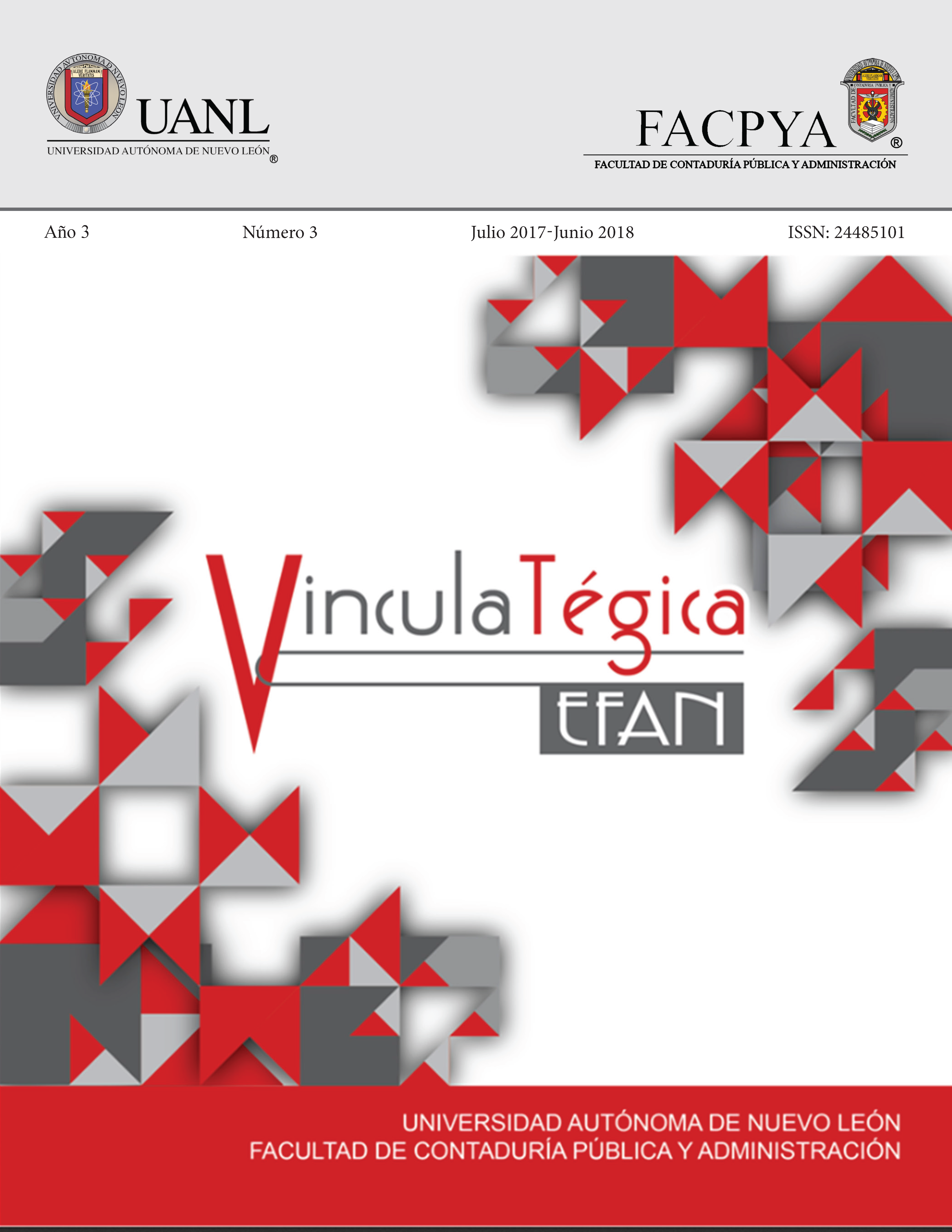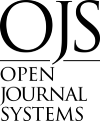La educación disruptiva en las nuevas generaciones de estudiantes Millennials
DOI:
https://doi.org/10.29105/vtga3.3-1112Keywords:
productivo / productive model, innovation, disruptive, concerning, millennialsAbstract
The technological changes, the use of social networks have given a very important turn in education and therefore to the companies. The information flows in a dynamic, fast and firsthand way, this is thanks to the technological changes that 624 the world has had. Therefore education is seen in the need to make adjustments in its academic contents for the new generations of students where it stops being a traditional model to a productive and innovative model.
Downloads
References
Alarcón-Ortiz, D y Díaz-García, A. (2013) Education versus intellectual capital, México case, ve 24 (8) 79-85. Recuperado de www.revistanegotium.org
Alarcón-Ortiz, D. (2013). Plan for performance administration in pyramidal structure organizations”. ve 26 (9) 60–69. Recuperado de: www.revistanegotium.org
Albalá, C. (2016). Ocho puntos clave del aprendizaje colaborativo. Recuperado de https://ined21.com/?s=trabajo+colaborativo
Archanco, E. (2014). Pensamiento Disruptivo: Cómo piensan los disruptores del siglo XXI: Google y Apple. Smashwords Edition. Blog: El Espectador Digital. Primera edición electrónica. Recuperado de: http://elespectadordigital.com/wp-content/uploads/2014/03/pensamiento-disruptivo.pdf
Bofarull, I. (2014). El futuro de la educación vinculado a un nuevo modelo productivo en una sociedad de cambios disruptivos. Dendra médica. Revista de humanidades 13(2):150-165
Díaz-García, A. & Alarcón, D (2015). Prospectiva del pensamiento directivo en las organizaciones del año 2040. Orbis Revista científica electrónica de ciencias humanas / scientific e-journal of human sciences / ppx200502zu1935 / issn 1856-1594 / by fundación unamuno / www.revistaorbis.org.ve / núm 30 (año 10) 60-72 desde
Falbo, A. (2014). Universidad y empresa: una relación cada vez más cercana. La Nación. Obtenido el 03 de febrero de 2016, http://www.lanacion.com.ar/1887969-universidad-y-empresa-una-relacion-cada-vez-mascercana
Fanos, J. (2014). Educación Disruptiva. Recuperado de: https://ined21.com/?s=educacion+disruptiva
Gutiérrez-Rubí, A. (2015). Generación Millenials y la nueva política. Revista Estudios de Juventud. 108(6) 161-170. ISSN: 0211-4364. Recuperado http://www.injuve.es/sites/default/files/2015/39/publicaciones/Revista_108.pdf de:
ManpowerGroup (2016). Se buscan: Jóvenes con energía y enfoque profesional. Los adultos jóvenes desempleados dirigirán el éxito de los negocios del futuro. México: ManpowerGroup.1-24. Recuperado de: https://www.manpowergroup.com.mx/uploads/estudios/jovenes_d.pdf
Marchiori, E. A., Hatum, A. (2015). Todas las personas tienen su lado creativo; hay que descubrirlo. La Nación. Obtenido el 03 de febrero de 2016, desde http://www.lanacion.com.ar/1849847-todas-las-personas-tienensu-lado-creativo-hay-que-descubrirlo
Martín, A. (2015). Horizonte 2020 ¿Esperanza o advertencia? Revista Estudios de Juventud. 108(6) 9-20. ISSN: 02114364. Recuperado de: http://www.injuve.es/sites/default/files/2015/39/publicaciones/Revista_108.pdf 634
Oppenheimer, A. (2014). Crear o morir. La esperanza de Latinoamérica y las cinco claves de la innovación. Barcelona: Debate.
Rodríguez-Barros, D. (2012). Diseño, Enseñanza y Prácticas Disruptivas. Marcos conceptuales de referencia. Facultad de Arquitectura, Urbanismo y Diseño, Universidad Nacional de Mar del Plata, Argentina. Recuperado de: http://papers.cumincad.org/data/works/att/sigradi2012_56.content.pdf
SEP. Sistema Interactivo de Consulta de Estadística Educativa. http://planeacion.sep.gob.mx/principalescifras/ (Consulta: 20 de marzo de 2015).
Williams, L. (2012). Ideas disruptivas. Financial Times Press. ISBN: 9780137025145. Recuperado de: https://www.leadersummaries.com/ver-resumen/ideas-disruptivas#
Downloads
Published
How to Cite
Issue
Section
License

This work is licensed under a Creative Commons Attribution 4.0 International License.
a). Authors keep copyright and give the journal the right of the first publication of the work under a Creative Commons attribution license. This license allows others to share the work as long as original authorship and initial publication in this journal is acknowledged.
b). Authors may make other independent and additional contractual agreements for the non-exclusive distribution of the version of the article published in this journal (e.g., include it in an institutional repository or publish it in a book) as long as they clearly indicate that the work was published for the first time in this journal.







